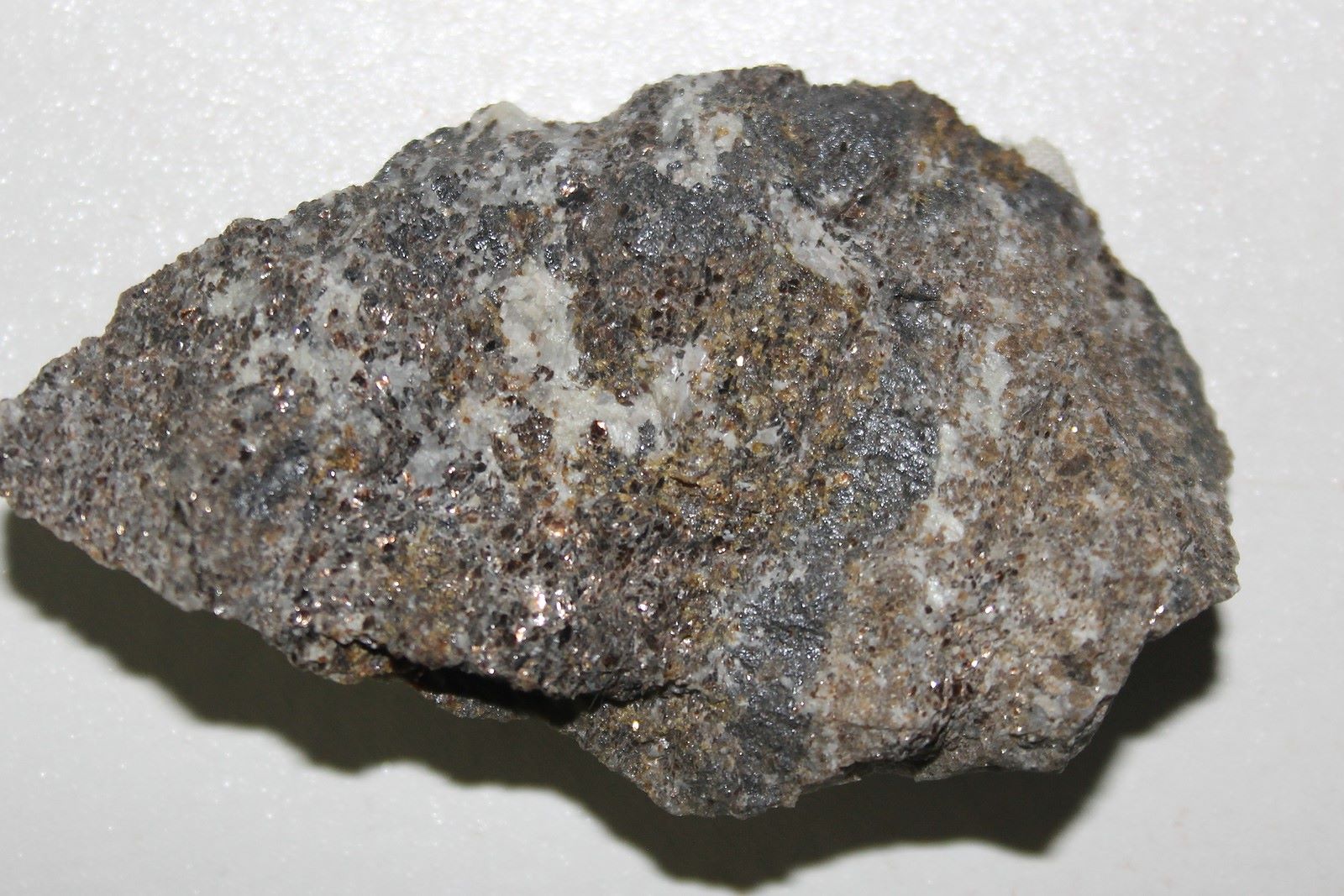
Cymrite is a rare mineral that often sparks curiosity among geology enthusiasts. But what exactly makes this mineral so special? Cymrite is a barium aluminum silicate hydroxide mineral, typically found in metamorphic rocks. Its unique crystal structure and composition make it a fascinating subject for study. This mineral is not just a pretty face; it holds significant geological importance. Cymrite can tell us a lot about the conditions under which certain rocks form and transform. Whether you're a budding geologist or just someone who loves learning about the Earth's hidden treasures, these 30 facts about Cymrite will surely pique your interest and expand your knowledge.
Key Takeaways:
- Cymrite, a rare mineral found in Wales, has a unique structure and formation process. It is primarily of interest to mineral collectors and geologists for its rarity and insights into metamorphic processes.
- With a pearly to vitreous luster and a hardness of 2.5-3, Cymrite's physical properties make it a subject of fascination for academic research and educational purposes in mineralogy and geology.
What is Cymrite?
Cymrite is a rare mineral that has intrigued geologists and mineral enthusiasts alike. Its unique properties and formation process make it a subject of fascination. Here are some captivating facts about this mineral.
- Cymrite is a barium aluminum silicate mineral.
- It was first discovered in Wales, hence the name "Cymrite" derived from "Cymru," the Welsh name for Wales.
- The mineral typically forms in low-grade metamorphic rocks.
- Cymrite is often found in association with other minerals like quartz, muscovite, and feldspar.
- It has a monoclinic crystal system, meaning its crystal structure is shaped like a skewed rectangle.
Physical Properties of Cymrite
Understanding the physical properties of Cymrite can help in identifying and studying this mineral.
- Cymrite has a hardness of 2.5-3 on the Mohs scale, making it relatively soft.
- The mineral exhibits a pearly to vitreous luster, giving it a shiny appearance.
- Its color ranges from colorless to white, sometimes with a hint of yellow.
- Cymrite has a specific gravity of about 3.3, which is considered average for minerals.
- It is transparent to translucent, allowing some light to pass through.
Chemical Composition and Structure
The chemical makeup and structure of Cymrite contribute to its unique characteristics.
- Cymrite's chemical formula is BaAl2Si2O8(OH)2.
- The mineral contains barium, which is relatively rare in silicate minerals.
- It also includes aluminum and silicon, common elements in the Earth's crust.
- Cymrite's structure is composed of layers of silicate tetrahedra.
- These layers are interspersed with barium and hydroxyl groups, giving it stability.
Formation and Occurrence
Cymrite's formation process and where it can be found are equally fascinating.
- Cymrite forms under low-temperature, high-pressure conditions.
- It is often found in metamorphic rocks that have undergone significant changes.
- The mineral can also form in hydrothermal veins, where hot, mineral-rich water flows through cracks in rocks.
- Cymrite has been discovered in several locations worldwide, including Wales, Japan, and the United States.
- It is typically found in small quantities, making it a rare and sought-after mineral.
Uses and Applications
While Cymrite is not widely used in commercial applications, it holds significance in other areas.
- Cymrite is primarily of interest to mineral collectors due to its rarity.
- It is also studied by geologists to understand the conditions under which it forms.
- The mineral can provide insights into metamorphic processes and the history of the rocks in which it is found.
- Cymrite's unique properties make it a subject of academic research.
- It is sometimes used in educational settings to teach students about mineralogy and geology.
Interesting Tidbits
Here are some additional intriguing facts about Cymrite that you might find interesting.
- Cymrite was first described in 1967 by mineralogist A. R. Woolley.
- The mineral is named after the Welsh word for Wales, reflecting its place of discovery.
- Cymrite is often found in microscopic crystals, making it challenging to study.
- Despite its rarity, Cymrite has been the subject of numerous scientific papers.
- The mineral's unique combination of elements and structure continues to puzzle and fascinate researchers.
Cymrite's Fascinating World
Cymrite, a rare and intriguing mineral, holds a treasure trove of unique properties and historical significance. Found in specific geological settings, it captivates mineralogists and collectors alike. Its distinct crystal structure and chemical composition make it a subject of ongoing research, shedding light on Earth's geological processes. Whether you're a seasoned geologist or just curious about the natural world, cymrite offers a glimpse into the planet's dynamic history. From its formation in high-pressure environments to its role in understanding tectonic movements, cymrite stands as a testament to nature's complexity. So next time you come across this mineral, remember the fascinating journey it represents. Dive deeper into the world of minerals, and who knows, you might uncover more hidden gems like cymrite. Keep exploring, stay curious, and let the wonders of geology inspire you.
Frequently Asked Questions
Was this page helpful?
Our commitment to delivering trustworthy and engaging content is at the heart of what we do. Each fact on our site is contributed by real users like you, bringing a wealth of diverse insights and information. To ensure the highest standards of accuracy and reliability, our dedicated editors meticulously review each submission. This process guarantees that the facts we share are not only fascinating but also credible. Trust in our commitment to quality and authenticity as you explore and learn with us.
